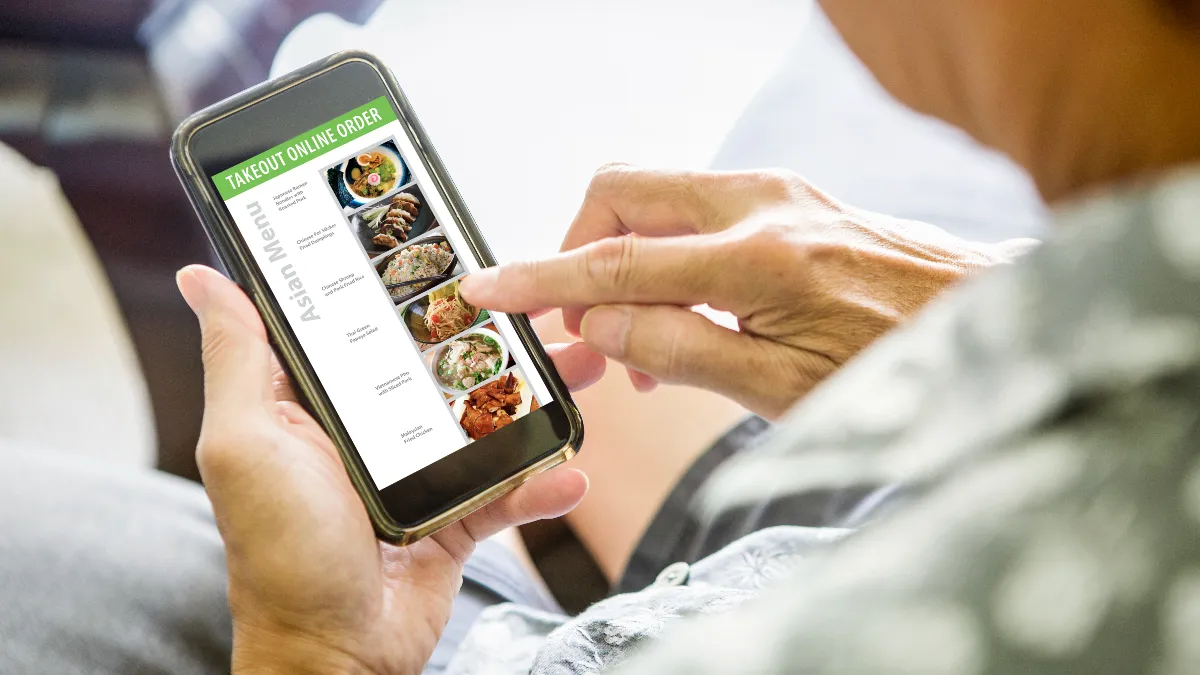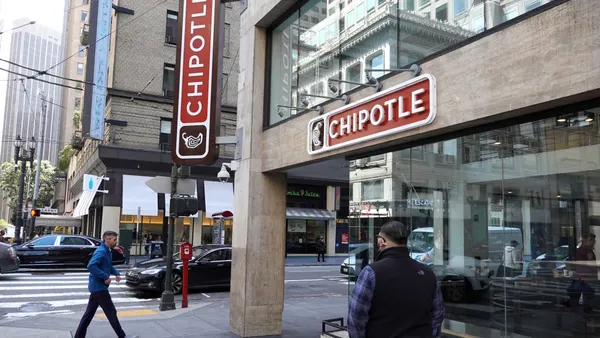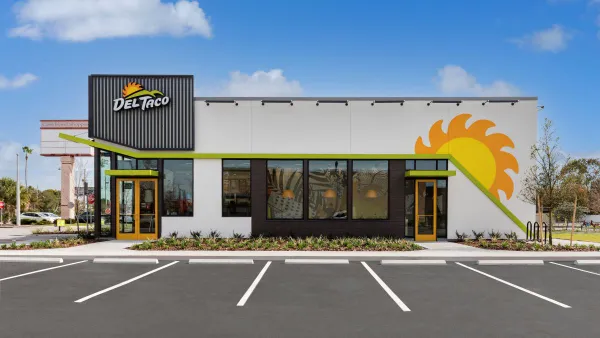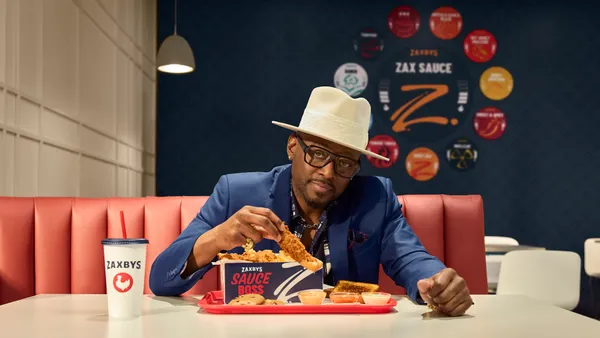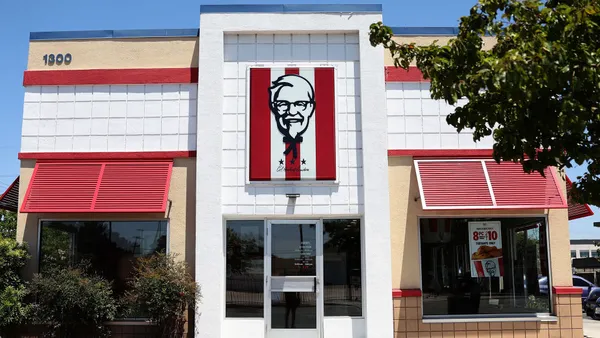Dive Brief:
- By 2025, QSRs expect 51% of tasks will be automated while full-service restaurants expect 27% of tasks will be automated by this time, according to Incisiv’s 2023 Connected Restaurant Experience Study.
- Operators will invest in technology this year to support digital order fulfillment, improve operational efficiency in the kitchen and improve checkout speeds, per the study.
- These investments come as 72% of operators report they are having a harder time meeting diner expectations because of an increase in digital ordering.
Dive Insight:
Since the COVID-19 pandemic, digital ordering has become a base expectation among diners. Eighty-three percent of customers said they planned to use mobile order-ahead at QSRs this year, per the Incisiv study. But there is a gap between this demand and restaurant satisfaction with their digital offerings. Only 52% of QSRs and 41% of full-service restaurants said they are satisfied with the digital channels they offer. Still, 79% of restaurants expecting to offer mobile ordering by 2024.
Digital ordering has made operations more complex at 82% of QSRs surveyed compared to 31% at full-service chains. Eighty-five percent of QSRs said they are having a hard time meeting digital ordering expectations, compared to only 59% of FSRs. One way QSRs are planning to improve digital ordering is through additional drive-thru lanes, which 27% said they plan to implement by 2025.
Online ordering is becoming big business for top QSR chains, which have already deployed several improvements to this channel. McDonald’s reported $7 billion in global digital sales in its top six markets last year, while Chipotle had over $3 billion in digital sales. Yum’s global digital sales were over $24 billion in 2022.
These three QSRs are working to enhance their digital experiences, with McDonald’s recently adding geofencing technology to its mobile app. This technology will allow employees to know when to start preparing curbside and mobile dine-in orders. Chipotle said it is working to improve its digital service with advanced location-based technology. It also is piloting automated makelines with Hyphen, which it invested in as part of its Cultivate Next Fund. Chipotle also opened its 500th Chipotlane last year as part of its aggressive strategy to add more mobile pickup lanes to its portfolio.
Yum, which acquired conversational commerce and e-commerce platform TicTuk in 2021, expanded its rollout of the technology to 3,200 stores in 49 markets. That program processed millions of digital orders last year and has helped bring in new costumes and boost digital sales, CFO Christopher Turner said during the company’s Q4 2022 earnings call.
Chains, in general, have become more open to using technology to improve operations, especially with the ongoing labor shortage. Fifty-eight percent of operators believe tech and automation will become more common in their respective segment this year, according to The National Restaurant Association’s State of the Restaurant Industry 2023 report. Sixty-four percent of fast casual operators and 59% of QSRs said technology and automation will help them with the workforce shortage this year.
Incisiv, which collaborated with Verizon and Cisco for its report, surveyed 126 restaurant executives from December 2022 to January 2023. Of that cohort, 52% were QSRs while 48% were FSRs.




